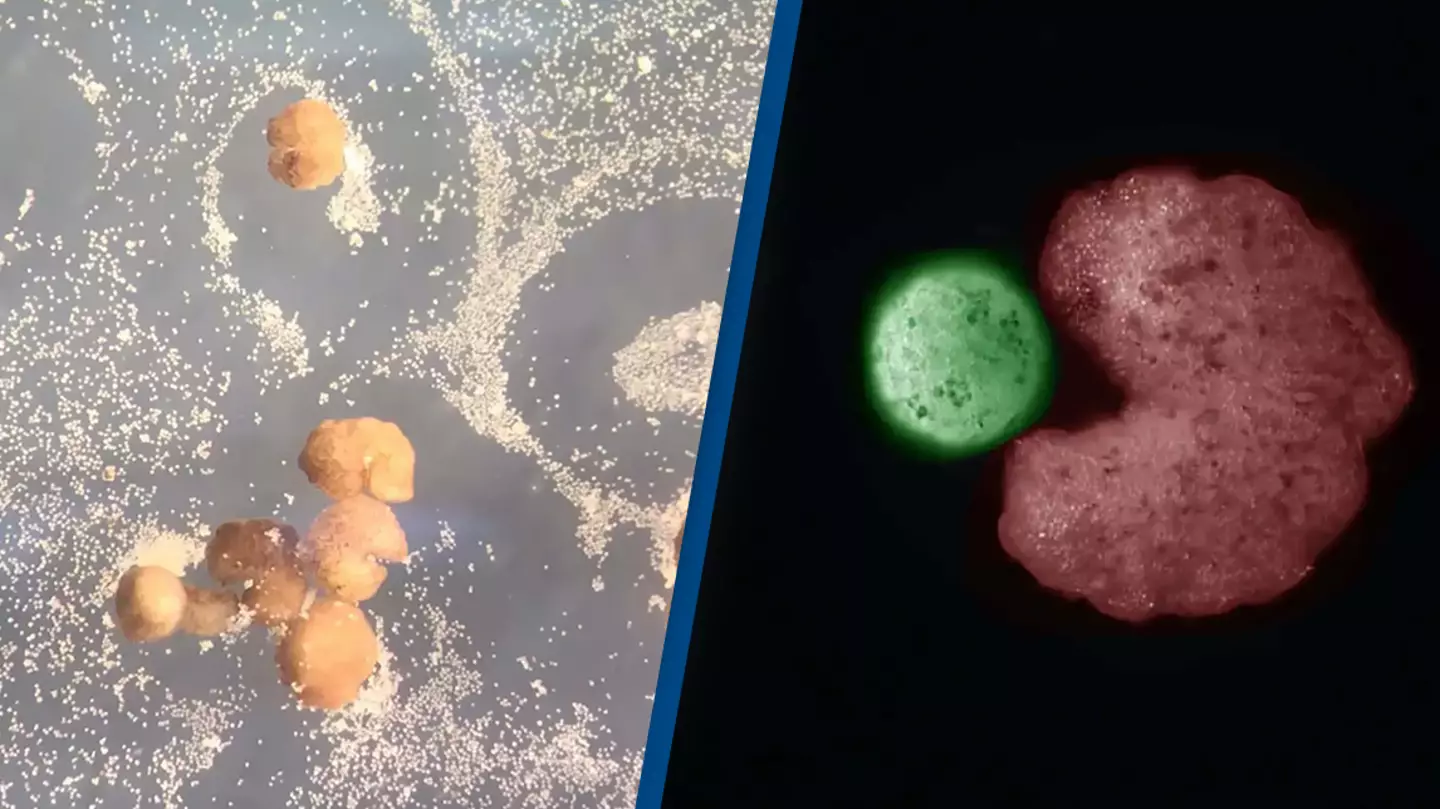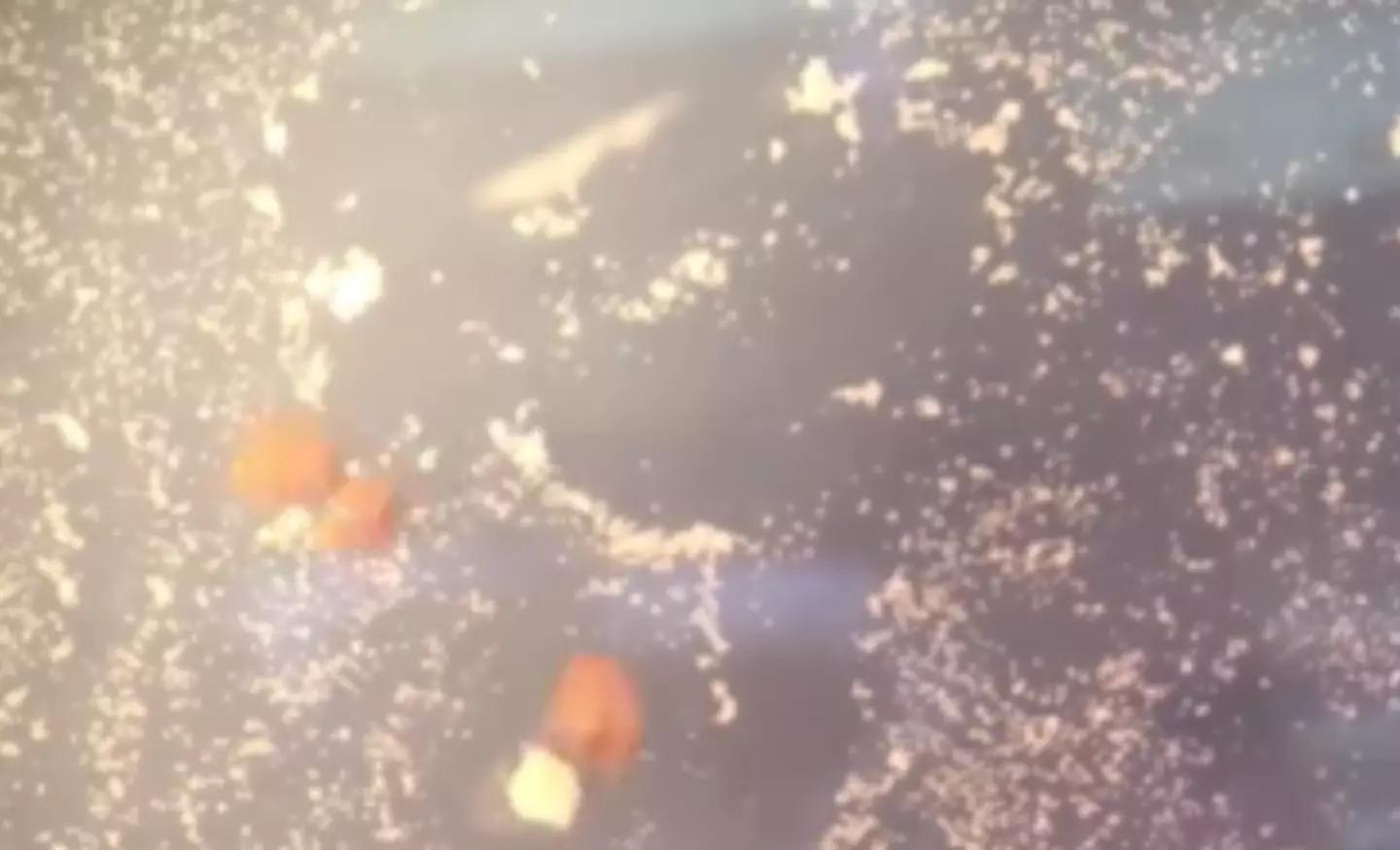
US scientists have revealed the world’s first living robots are now able to reproduce.
The robots, known as ‘xenobots’, were created using the skin and heart stem cells of African clawed frogs and were exhibited for the first time last year after experiments determined they were able to move and self-heal.
The scientists who created the xenobots said in November that the synthetic lifeforms - that look like little blobs - can also self-replicate.
The New York Post reported that scientists at the University of Vermont, Harvard and Tufts University published their research in the Proceedings of the National Academy of Sciences in late 2021.
Advert

In a series of experiments, xenobots were seen swimming out of their dish in search of other single cells and building ‘babies’, which become new xenobots after a few days and start to look identical to their ‘parents’.
The new xenobots, which are under a millimetre in width, then repeat the process, self-replicating over and over again.
Scientists - who design xenobots on a computer and assemble the tiny life forms by hand - said they were ‘stunned’ by their discovery.
Advert
Douglas Blackiston, one of the study’s authors, explained at the time: “People have thought for quite a long time that we’ve worked out all the ways that life can reproduce or replicate. But this is something that’s never been observed before.”
Study co-leader Michael Levin added: “This is profound. These cells have the genome of a frog, but, freed from becoming tadpoles, they use their collective intelligence, a plasticity, to do something astounding.”
He went on: “If we knew how to tell collections of cells to do what we wanted them to do, ultimately, that’s regenerative medicine — that’s the solution to traumatic injury, birth defects, cancer, and ageing.”
Levin also noted: “All of these different problems are here because we don’t know how to predict and control what groups of cells are going to build. Xenobots are a new platform for teaching us.”
Advert

New Scientist noted that the researchers discovered the first multicellular organisms to reproduce in such a way.
The University of Vermont’s Josh Bongard told the outlet: “One [xenobot] parent can begin a pile and then, by chance, a second parent can push more cells into that pile, and so on, generating the child.”
He added: “This work shows there was a previously unknown way that life could self-replicate.”
Advert
If you have a story you want to tell, send it to UNILAD via [email protected]
Topics: Science, Technology